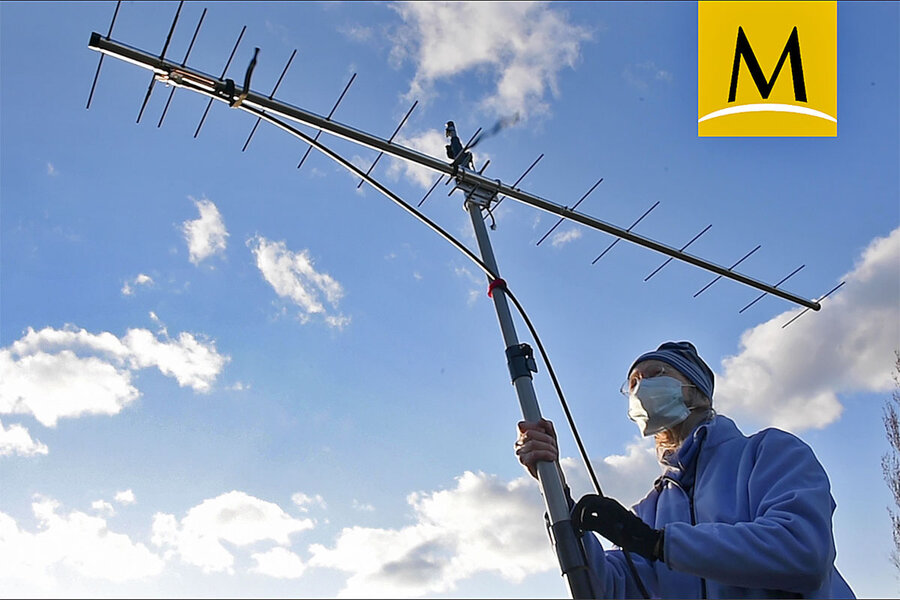A close-knit culture, with separation at its core (video)
You’re logged in, the Zoom meeting underway, and suddenly faces freeze. The best you can do: Reboot the router and cross your fingers. You’re on the phone with a friend, deep in conversation, and the audio gets garbled as the bars on your phone drop from one to none. Technology can fail us at inconvenient times. But imagine a communications technology that could hold up even in the most rugged and remote situations.
It exists, and it’s much older than the smartphone.
Amateur radio, or ham radio, has been around for more than a century, functioning as both workhorse and recreational hobby. After the Boston Marathon bombing in 2013, amateur operators coordinated communications as cellphone systems became overloaded. They played a key role in Puerto Rico in 2017 after Hurricane Maria took down much of the communications infrastructure. Though there hasn’t been as much of a need during the pandemic – with traditional systems up and running – amateur radio is keeping its own user communities in touch, informed, and emotionally grounded.
“My understanding is that the nets and the bands in general have been somewhat busier than they had been,” says Mike Raisbeck, the American Radio Relay League vice president. “People are looking to touch the rest of humanity.” Some of those new to ham radio are using the time stuck indoors to study for the Federal Communications Commission licensing test required for operator certification. Veteran users are setting up antennas, dusting off old gear, and giving advice to the next generation of hams.
As a pandemic hobby, it’s perfect. Socially distanced, it hails human connection with the push of a button. If the going gets tough, you can always heave a lifeline across the airwaves.






